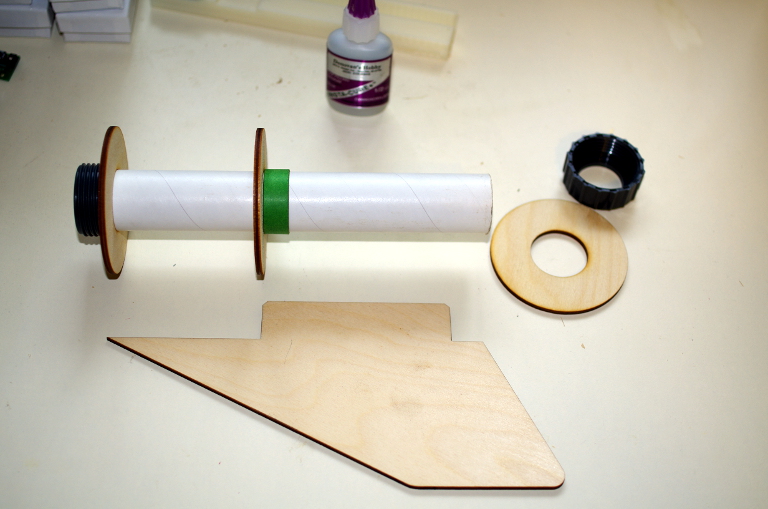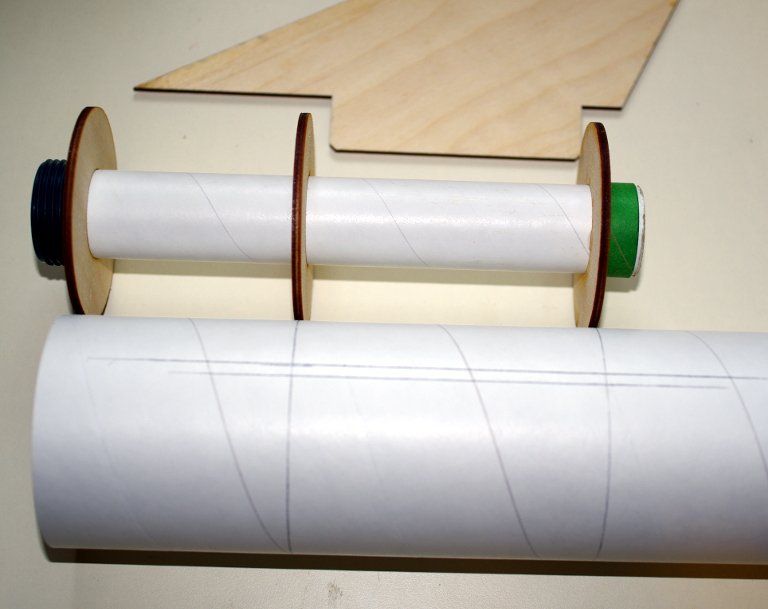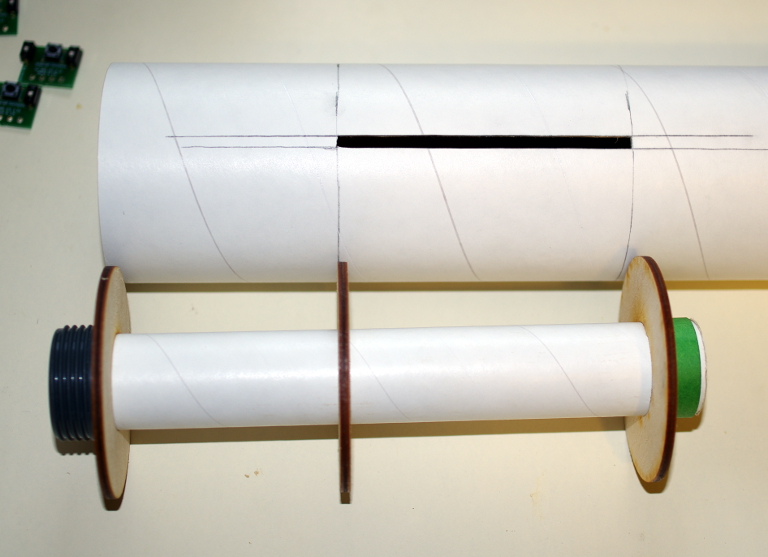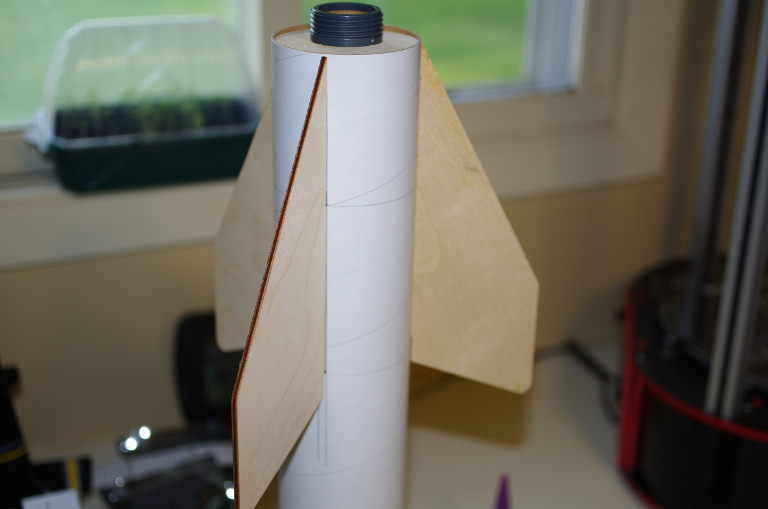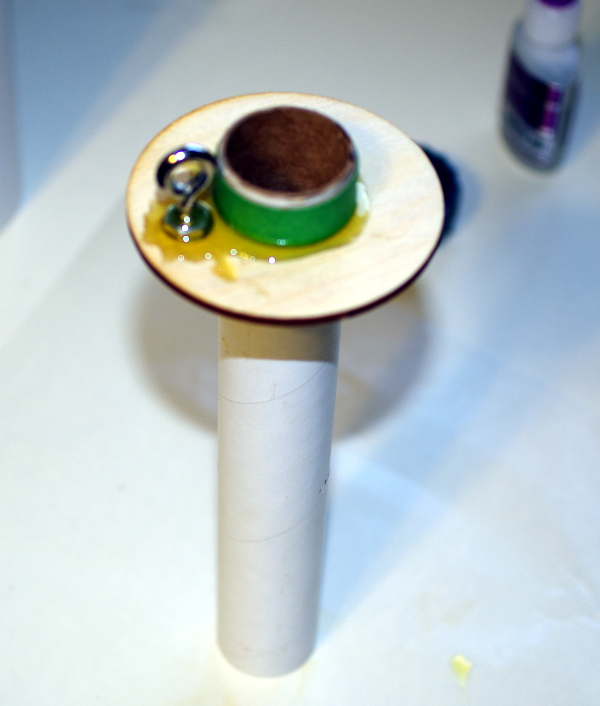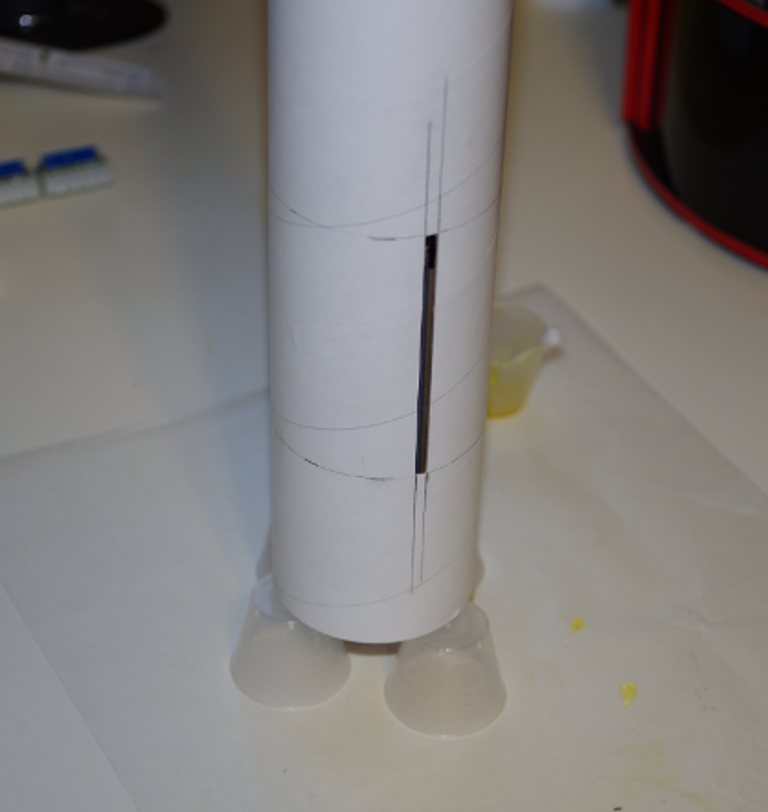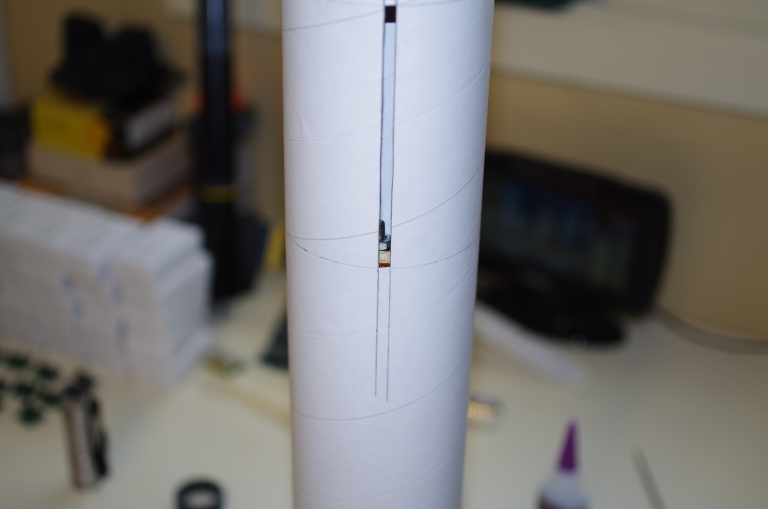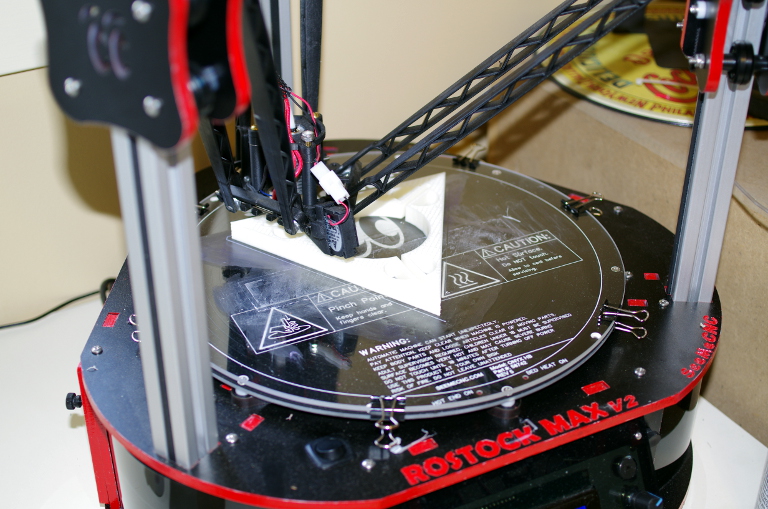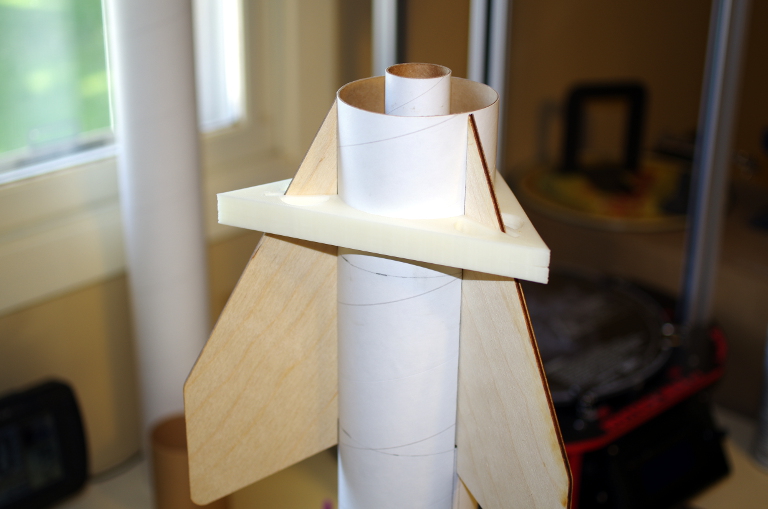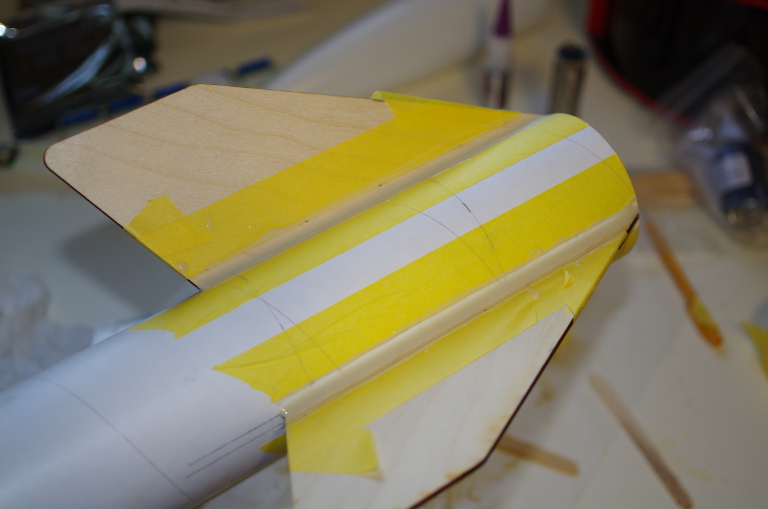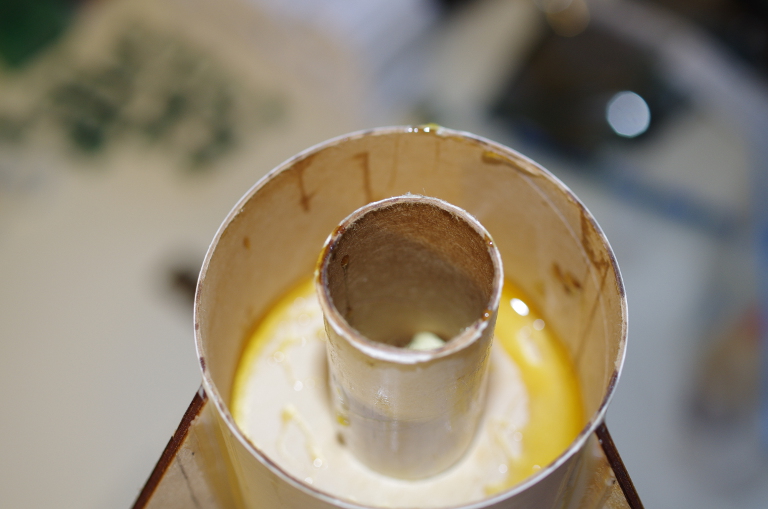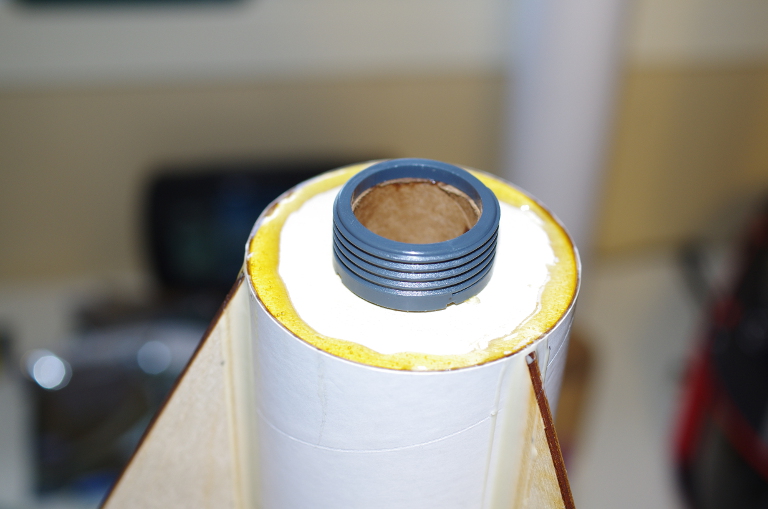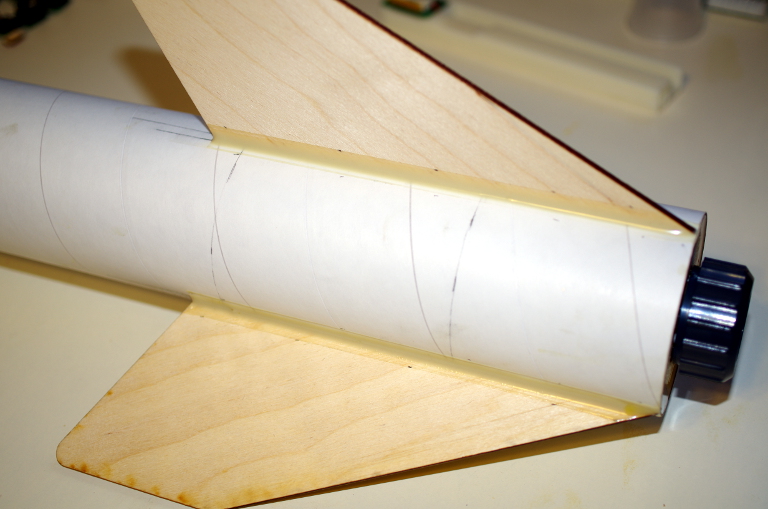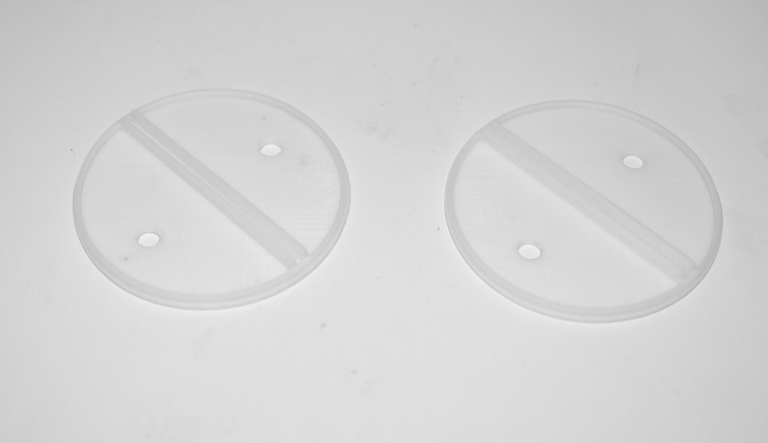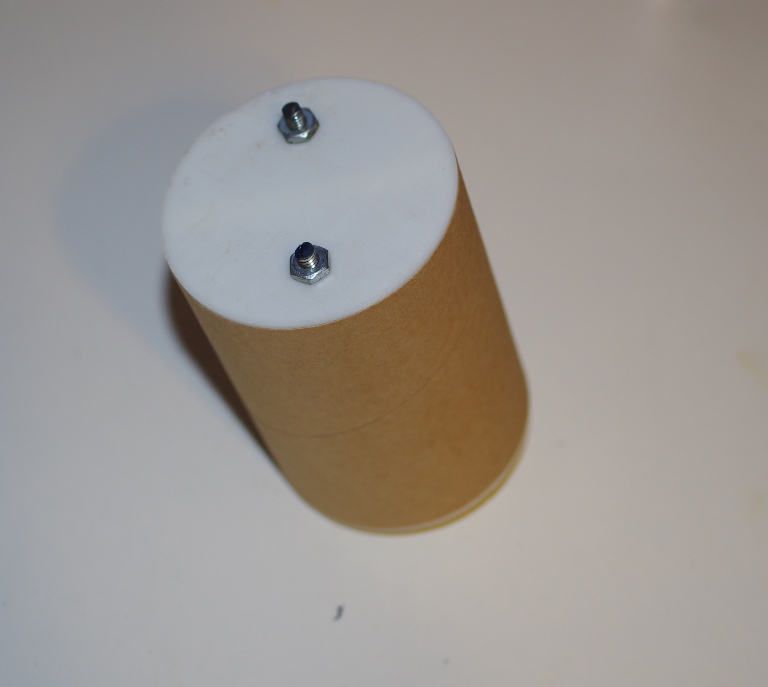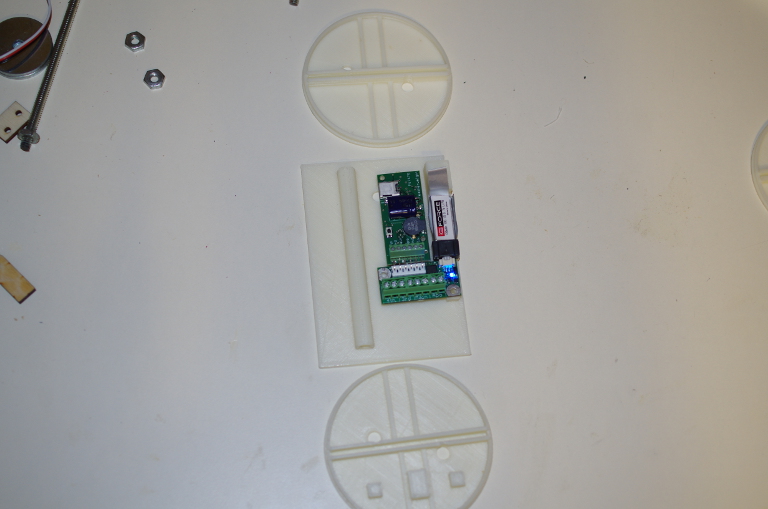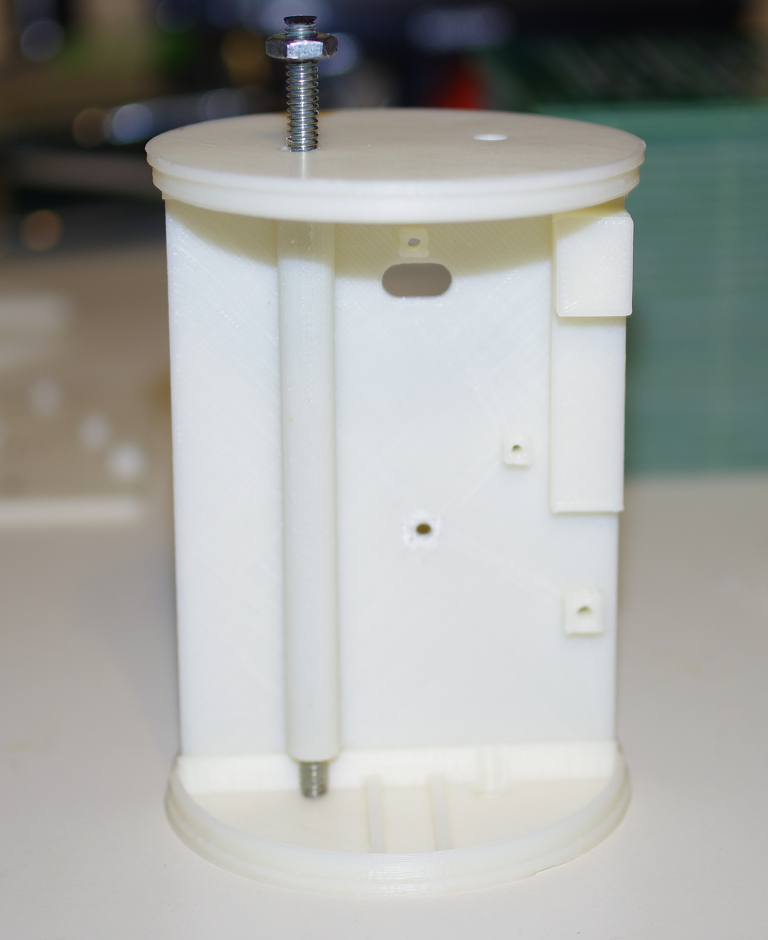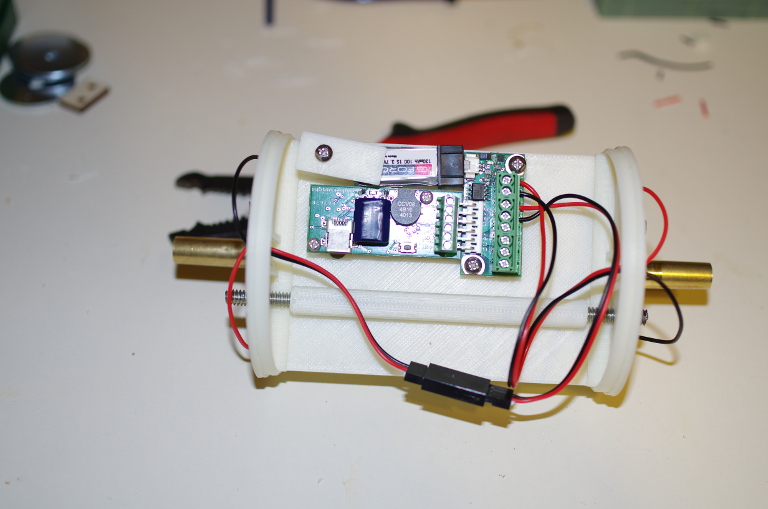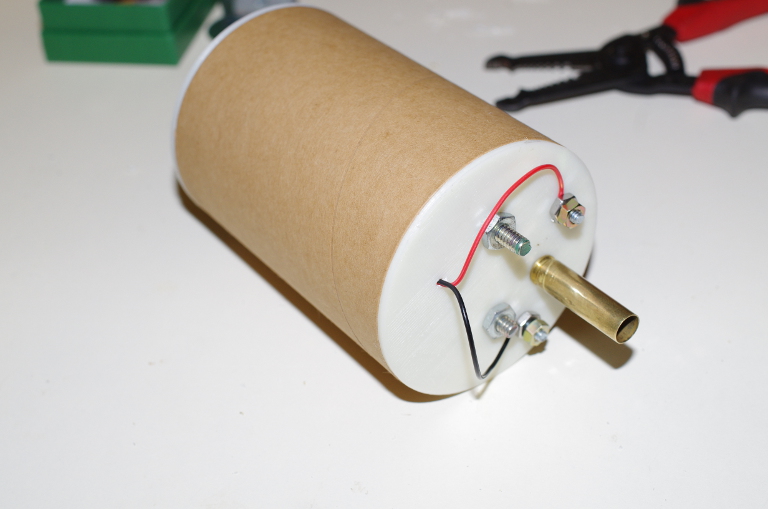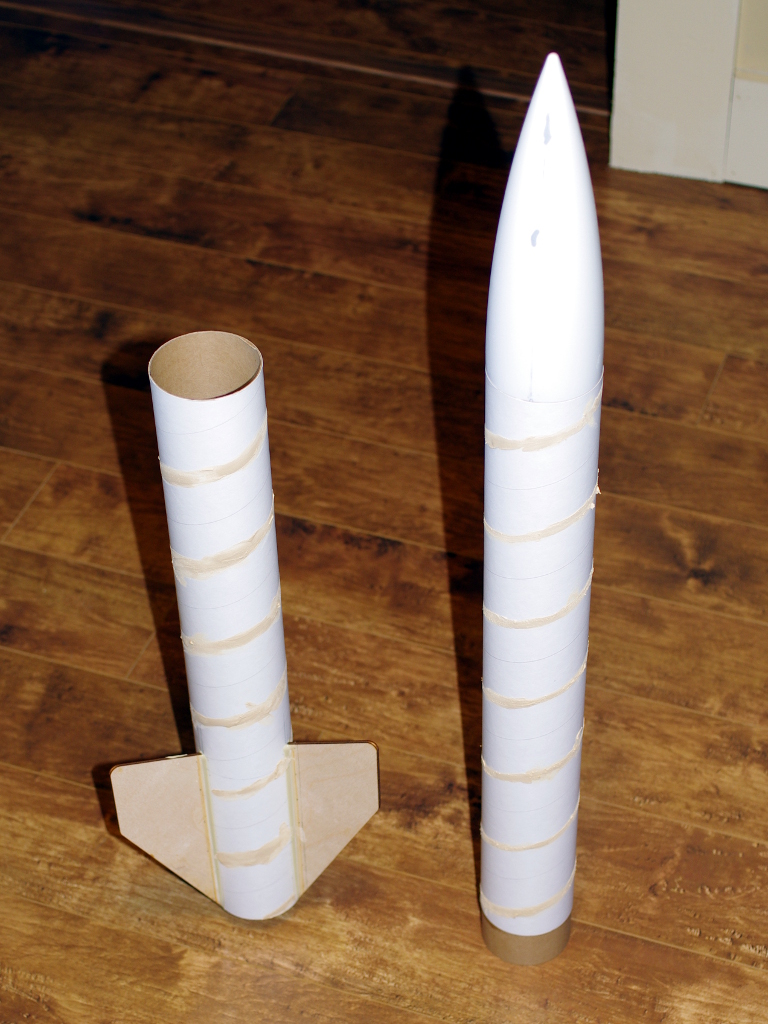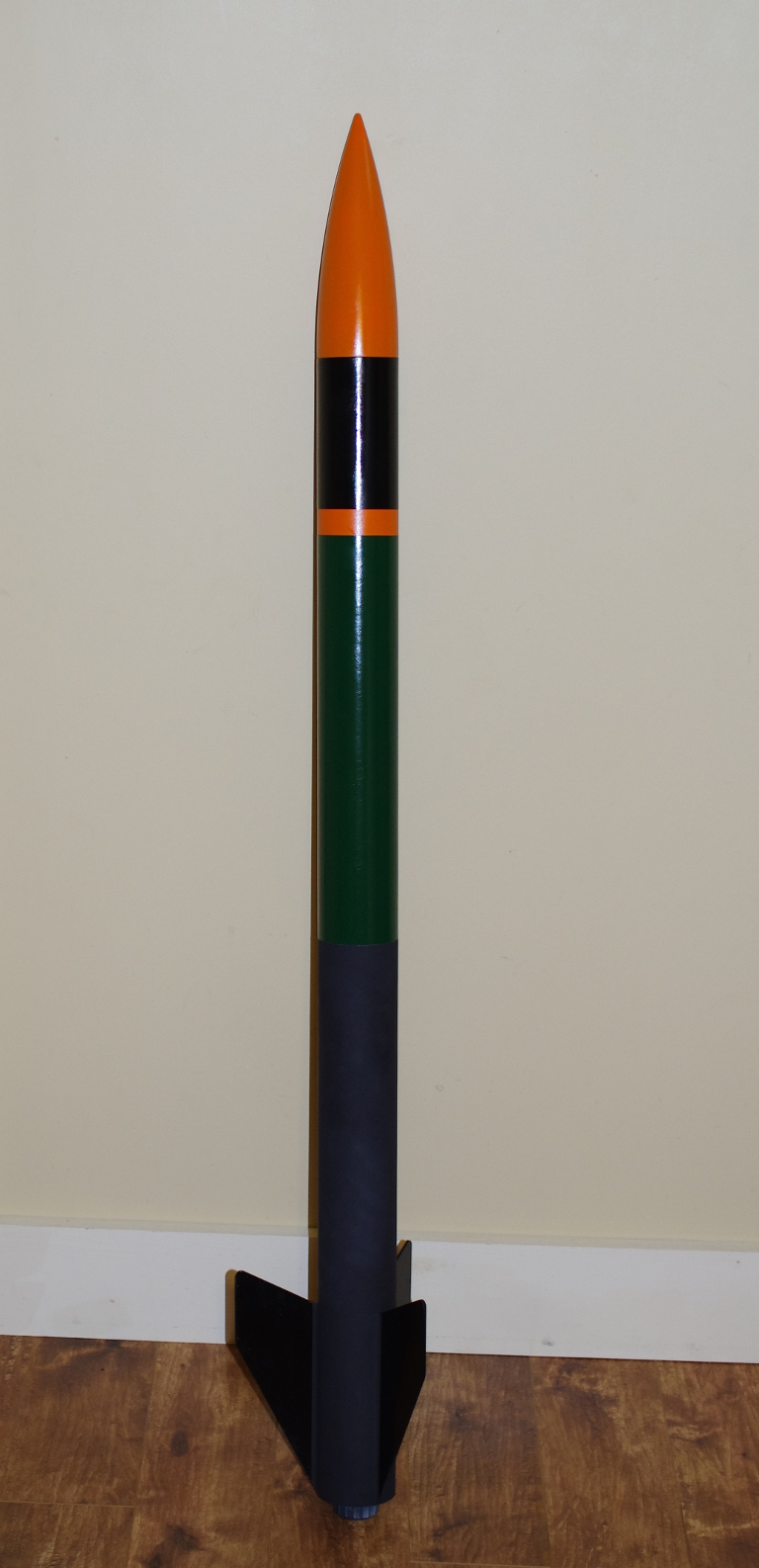Gearing up for my push through L1 and L2, and I decided I needed another rocket for build and flight experience. Since it's dimensions are very similar to my intended Painkiller L1/L2 rocket, I went with an Estes Scion. It's basically an extended PSII Leviathan, without the pre-slotted body tube, and three fins instead of four. It's also only available direct from Estes, and as others have mentioned, probably is being kitted and sold to clear out excess parts.
So, how does it arrive? Very plainly. No header card, no fancy photos, just parts and instructions in a clear bag.
Contents are very straight forward. Body tubes, nose cone, 29mm motor mount set (with plastic motor retainer), nylon chute and elastic, a couple launch lugs, and instruction sheet.
That's it. No sales flyers, no 'warranty card'. Really a bare bones builders kit. The instructions say it should have also come with a template to cut the fin slots, but mine didn't have it.
Fins are the same as the Leviathan. Even down to having 4 included, instead of three.
This build will be a lot of firsts for me. First PSII build, First 3" build, First Av-Bay build, First Dual-Deploy build.
I'm more than open to advice as I go along, and have already made a few goofs, but hey..... let's get building.
I want this thing flying before the first snow falls.
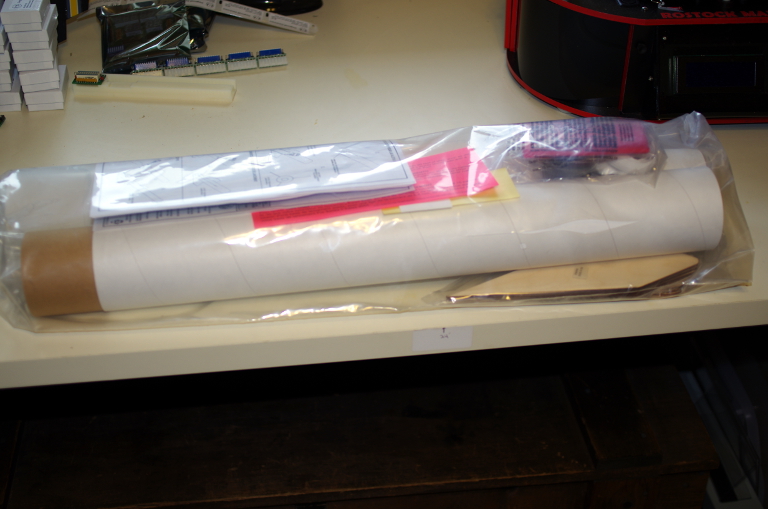
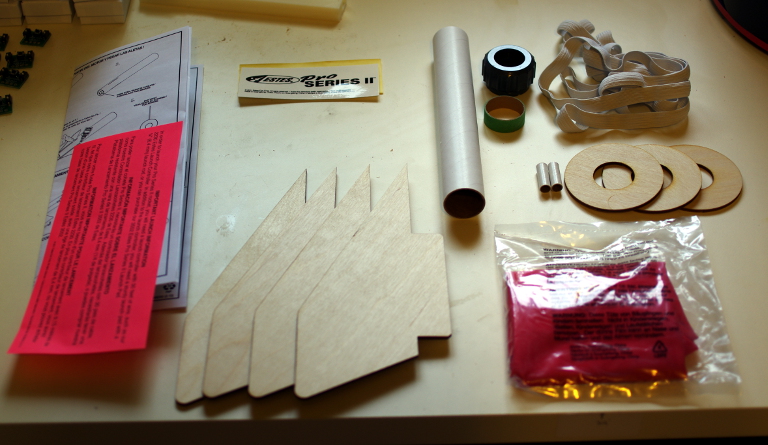
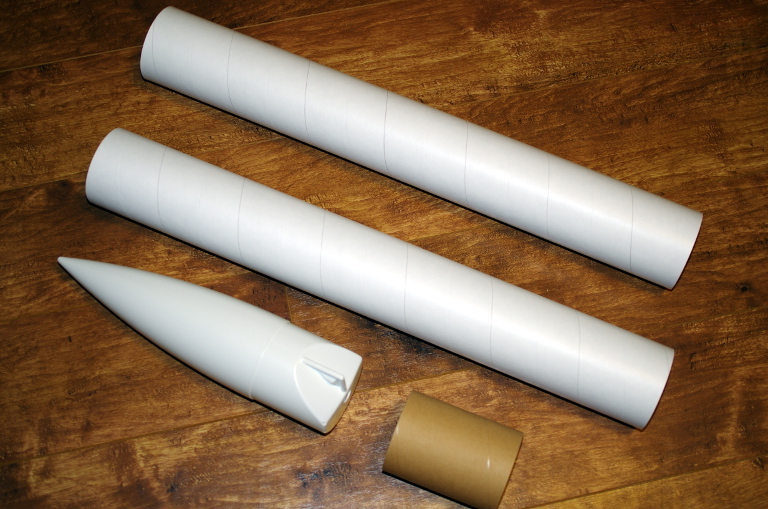
So, how does it arrive? Very plainly. No header card, no fancy photos, just parts and instructions in a clear bag.
Contents are very straight forward. Body tubes, nose cone, 29mm motor mount set (with plastic motor retainer), nylon chute and elastic, a couple launch lugs, and instruction sheet.
That's it. No sales flyers, no 'warranty card'. Really a bare bones builders kit. The instructions say it should have also come with a template to cut the fin slots, but mine didn't have it.
Fins are the same as the Leviathan. Even down to having 4 included, instead of three.
This build will be a lot of firsts for me. First PSII build, First 3" build, First Av-Bay build, First Dual-Deploy build.
I'm more than open to advice as I go along, and have already made a few goofs, but hey..... let's get building.
I want this thing flying before the first snow falls.







